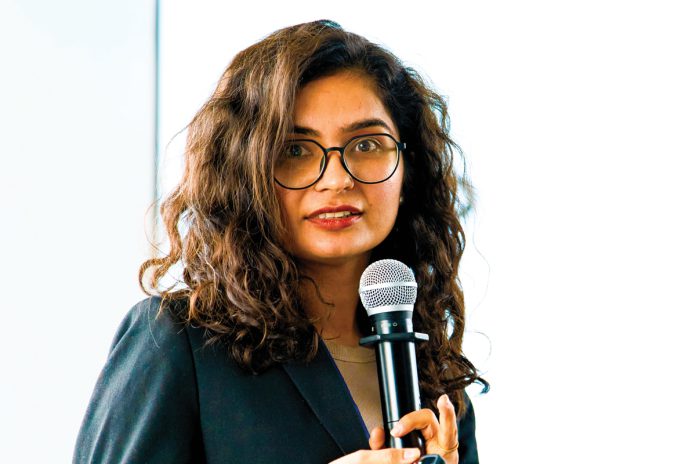India’s soft power, strategic autonomy, and global legitimacy are strongest when its foreign policy aligns with the plural values it has historically championed
Words by Neeraj Tiwari
As one of the world’s oldest civilisations, India is uniquely poised to lead the way with soft power in a multipolar world for many reasons, including its robust democracy, demographic dividend, and cultural richness. But as Janvi Sonaiya, Head of Diplomacy for G-7 Ambassadors, Model United Nations tells us, winning hearts the world over must be done at scale with great intent, and in a manner that is empathic, trustful, and inclusive. Excerpts of our conversation are as below.
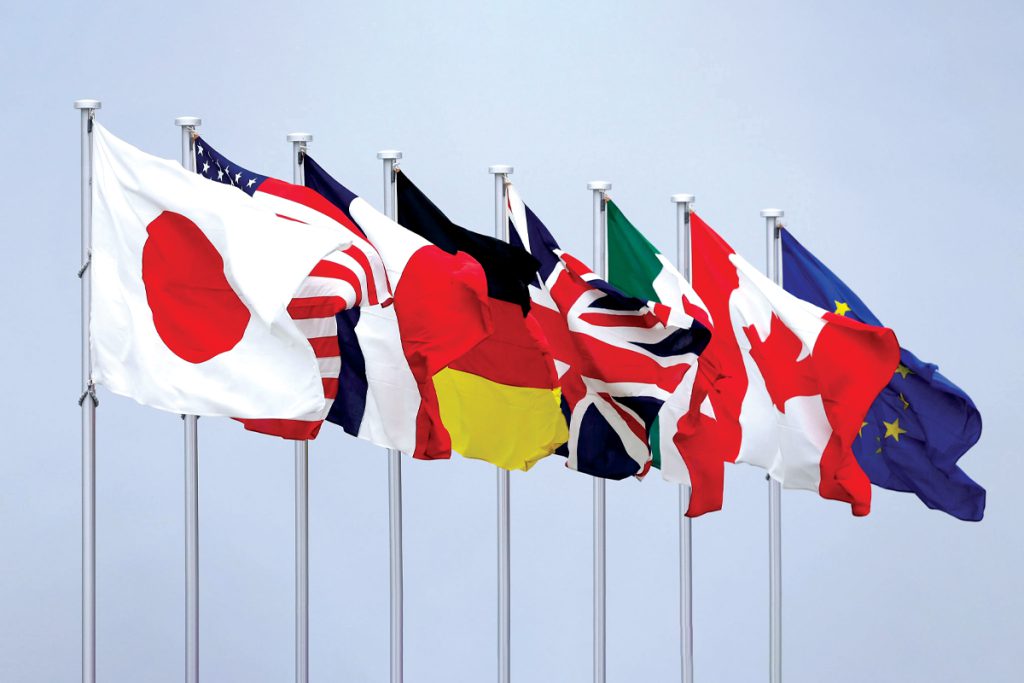
Soft power is now a strategic tool. Why must emerging economies like India invest more deliberately in cultural and knowledge diplomacy?
In the 21st century, diplomacy is no longer confined to boardrooms or embassies—it flows through cultural exchanges, digital storytelling, academic partnerships, and diaspora networks. For emerging economies like India, soft power has evolved from being a symbolic asset to a strategic imperative.
Joseph Nye’s original framing of soft power as “the ability to attract rather than coerce” resonates even more deeply today, especially as traditional hierarchies are being challenged and influence is increasingly measured through visibility, credibility, and narrative control. India, with its ancient civilisational heritage, vibrant democracy, and youthful population, is uniquely positioned to lead with soft power—yet it underutilises this potential.
Consider India’s demographic dividend: over 808 million people under the age of 35 form not just a domestic asset but a global force when paired with outbound education, tourism, and digital media. The Indian diaspora, now 18 million strong—the largest in the world—occupies key positions across Silicon Valley, Westminster, Wall Street, and the UN system.
However, India has yet to fully integrate its diaspora into formal diplomatic, cultural, and economic engagement strategies the way Israel or China has. Similarly, while yoga has become a global phenomenon formally recognised through India’s 2014 UN resolution establishing International Yoga Day it remains one of the few success stories of soft power being wielded with deliberate diplomatic push.
By contrast, China has poured billions into Confucius Institutes, hosting over 500 centers worldwide, while India’s Indian Council for Cultural Relations (ICCR) operates in just 38 countries with limited funding. Likewise, China’s Belt and Road Initiative includes higher education and cultural exchange as core components, while India’s educational diplomacy despite hosting students from over 160 countries lags in scholarships, regional partnerships, and academic fellowships.
Cultural and knowledge diplomacy needs to be embedded in India’s foreign policy architecture, not treated as peripheral. India must invest in global cultural centers, create Indian studies chairs abroad, support multilingual Indian media, and promote academic think tanks focused on democratic development, decolonial perspectives, and environmental philosophy rooted in Indian traditions. In the global battle for hearts and minds, passive goodwill is not enough—India must scale it with intent.
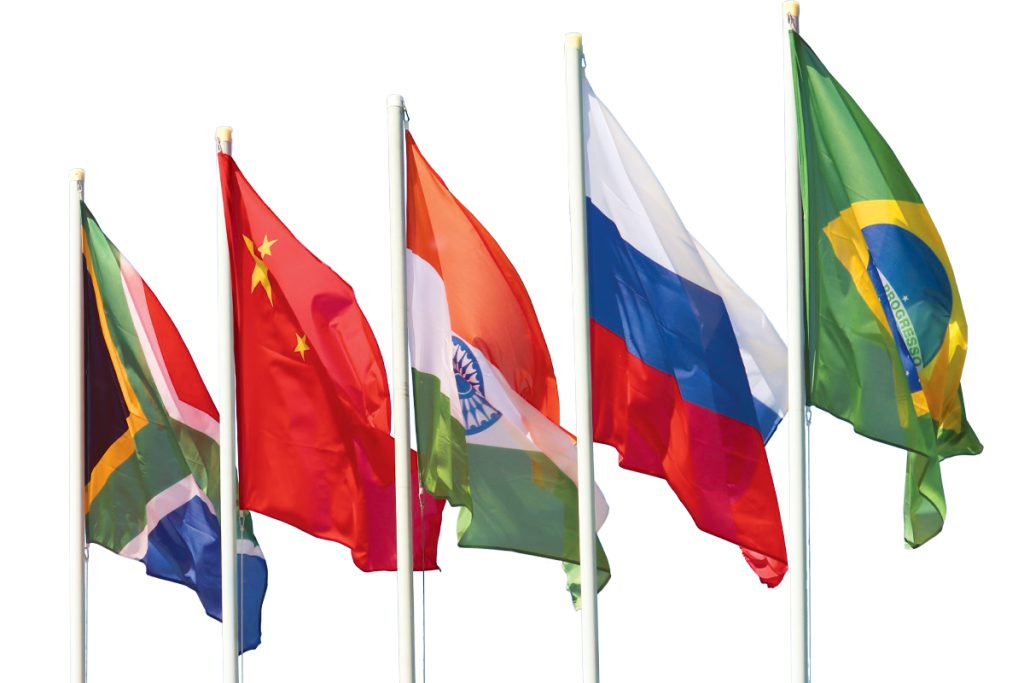
In what ways do BRICS and similar multilateral platforms offer new opportunities to challenge legacy power structures on the global stage?
The post-World War II global order, shaped largely by Western powers, continues to be governed by institutions like the UN Security Council, IMF, and World Bank—structures that inadequately reflect the economic and demographic weight of the Global South. BRICS (Brazil, Russia, India, China, South Africa), and now expanded to include countries like Egypt, Ethiopia, Saudi Arabia, and the UAE, represents not just an economic coalition but an ideological pivot toward multipolarity. It challenges the dominance of the transatlantic axis by offering a platform rooted in inclusivity, non-intervention, and South-South cooperation.
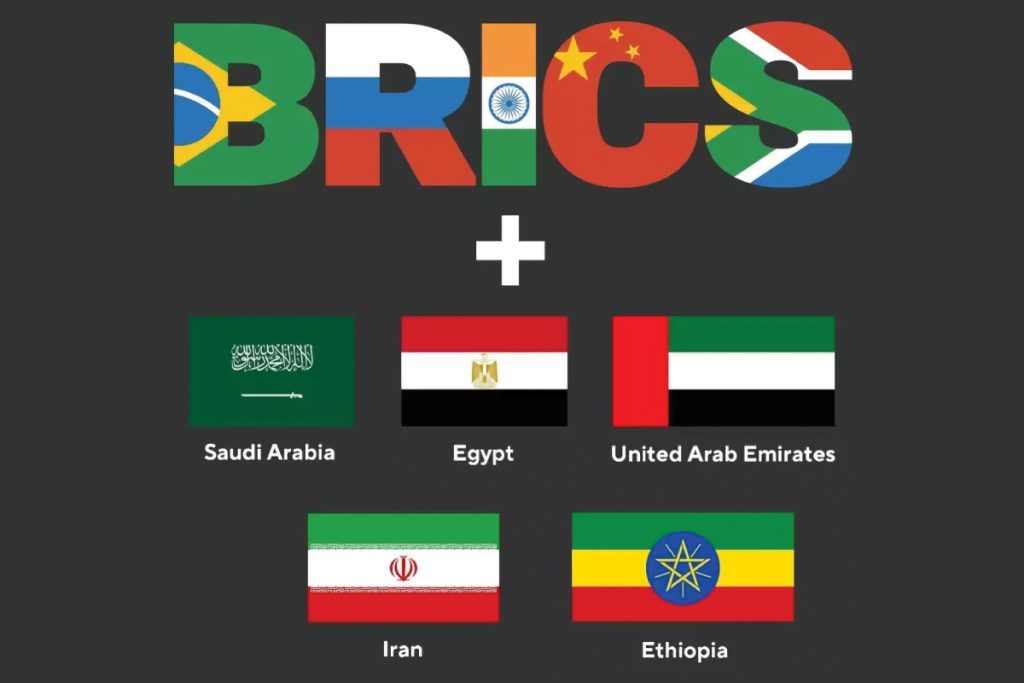
The establishment of the New Development Bank (NDB) by BRICS is a telling case. With over $32 billion in approved loans since 2015, the NDB has funded green infrastructure, water management, and digital connectivity in member countries—without the austerity strings often attached to loans from the Bretton Woods institutions. This marks a substantive shift toward development models that are more context-sensitive and less prescriptive. BRICS has also proposed a basket-based currency settlement mechanism, aimed at de-dollarisation—a bold but increasingly attractive proposition for countries facing sanctions, currency volatility, or trade imbalances.
Moreover, BRICS creates diplomatic space for middle powers like India to amplify their voice on issues such as climate justice, vaccine equity, and global governance reform. At the same time, India’s participation in BRICS—despite geopolitical tensions with China signals the possibility of pragmatic multilateralism, where economic and strategic cooperation coexists with bilateral contestations. For India, platforms like BRICS offer an alternative path to influence distinct from the security-oriented frameworks of the Quad or G7 one grounded in collective bargaining power and shared development agendas.
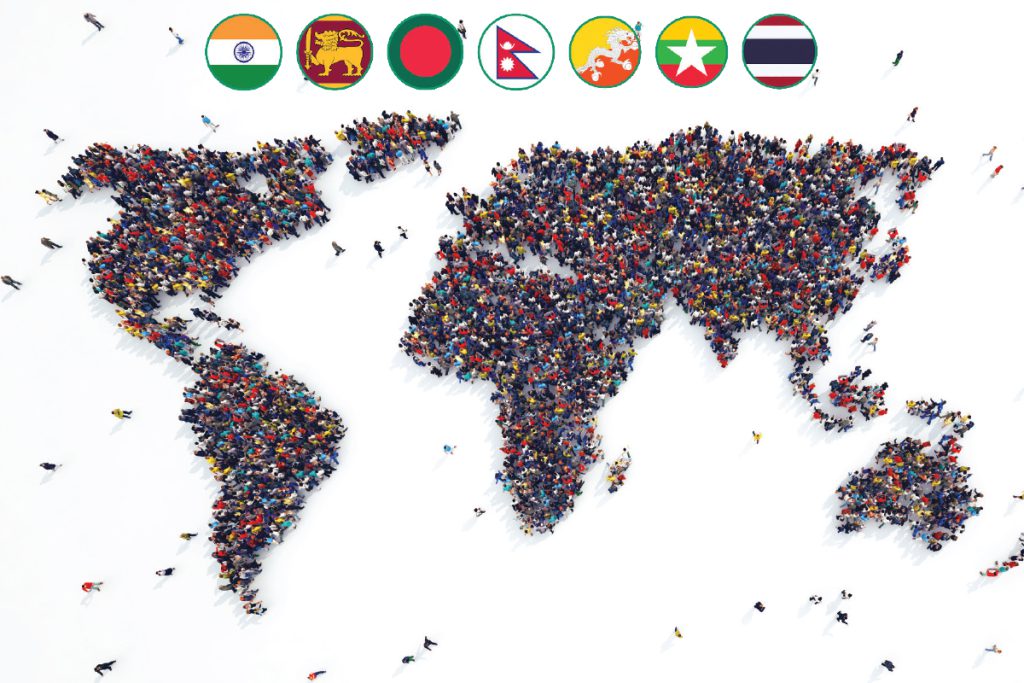
How do you see storytelling and journalism playing a greater role in reframing developing countries’ voices within international diplomacy?
Storytelling and journalism are not just tools of information, they’re instruments of power. For far too long, narratives around developing countries have been shaped from outside, often through the lens of Western media, which can miss the nuances, complexities, and lived realities on the ground. But now, with digital access expanding and more storytellers from the Global South coming into their own, there’s a real opportunity to shift that imbalance.
Storytelling allows us to humanise policy bring the voices of farmers, workers, women, and young people into global conversations that otherwise feel abstract or elite. And journalism, when done with integrity and context, can challenge stereotypes and reframe countries like ours not as passive recipients of aid or victims of crisis, but as active, diverse, and evolving societies with agency.
In international diplomacy, that shift in narrative is powerful. It means we start being heard not just as “developing nations” but as partners with ideas, innovations, and perspectives that matter globally. The stories we choose to tell and who tells them will ultimately shape how we’re seen on the world stage.
Given India’s growing influence, what diplomatic strategies can strengthen its standing without veering into majoritarian narratives?
India’s rise is undeniable: it is the world’s fifth-largest economy, the most populous nation, and a leader in tech, pharmaceuticals, and climate solutions. Yet, with great power comes the responsibility of narrative discipline. A plural, inclusive, and democratic India is its greatest soft power asset and one of its most marketable international identities. The challenge lies in leveraging this identity while resisting the temptation to retreat into majoritarianism, especially at a time when the world is watching closely.
Diplomatic strategies must be anchored in constitutional values: secularism, federalism, multilingualism, and gender equity. Projecting India as a voice for the Global South, a bridge between East and West, and a model of democratic coexistence is far more effective than exclusionary rhetoric. For example, India’s leadership during the G20 Presidency in 2023 was lauded for bringing African Union into the fold—demonstrating multilateralism and inclusivity at its best.
Furthermore, India’s engagement with neighbours must be rooted in shared histories and economic interdependence, rather than religious or linguistic nationalism. Initiatives like BIMSTEC and the International Solar Alliance allow India to lead without lecturing. On the domestic front, pluralism must not be an afterthought; rather, it should be actively demonstrated through diverse diplomatic appointments, cultural missions, and public diplomacy campaigns that reflect India’s regional, linguistic, and religious mosaic.
India’s soft power, strategic autonomy, and global legitimacy are strongest when its foreign policy aligns with the plural values it historically championed—from Bandung to BRICS, from NAM to G20. The future of Indian diplomacy lies not in echo chambers but in building empathetic, inclusive narratives that invite trust, not fear.


